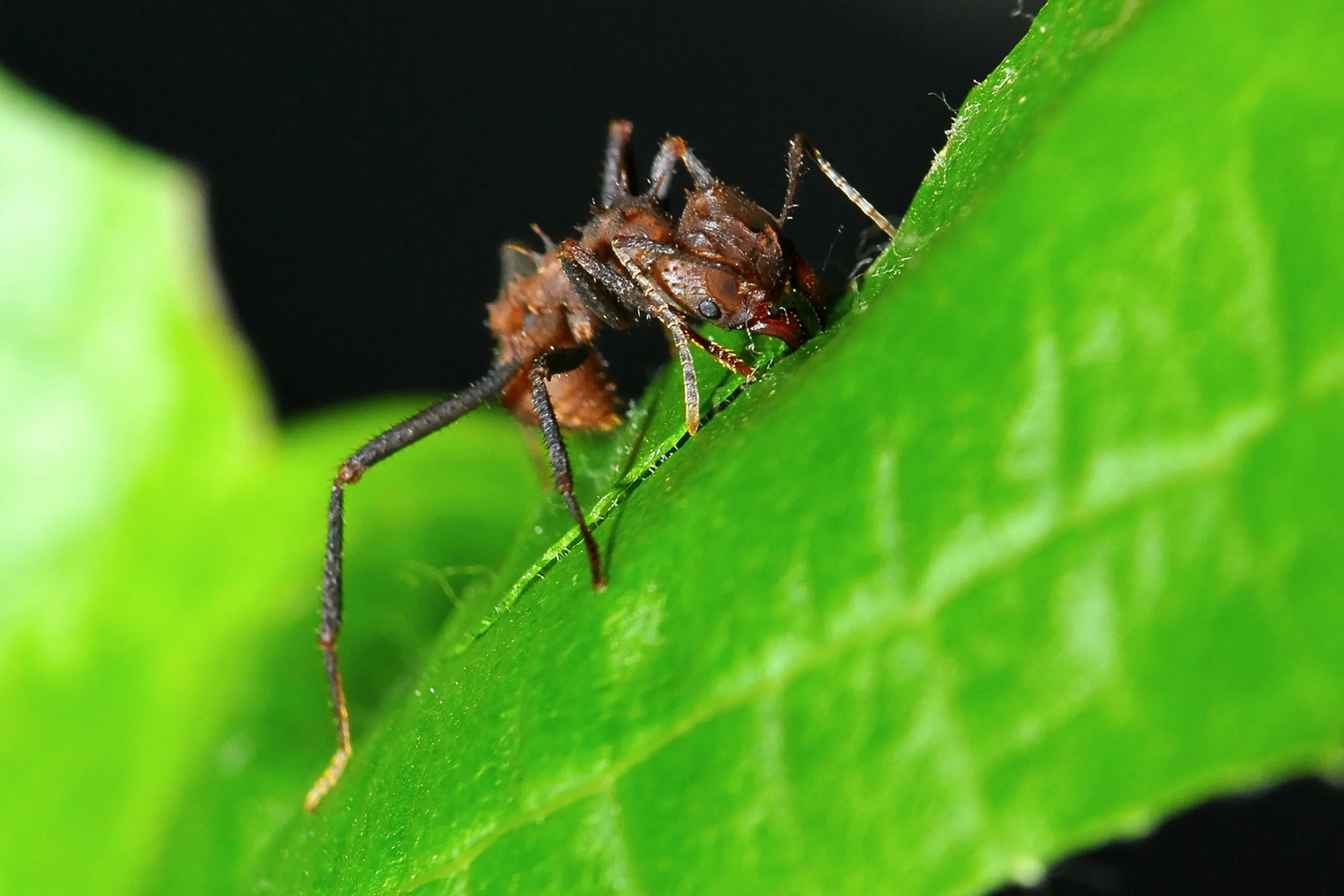It has long been known that leaf – cutter ants cut pieces of fresh leaves and carry them into their underground nests. However, at our zoo, visitors can see what happens inside the nest as well.

Our zoo is open every day of the year, including the winter months, when heated indoor exhibits like Magic Mountain become particularly popular. This three-story exhibit, built inside the 1912 Great Rock formation, was opened in 2012 and features 16 themed displays. One of the highlights is the Colony Gallery, home to a leaf- cutter ant colony. These tropical ants, native to South America, are famous for their ability to cut large pieces of leaves with their powerful mandibles and carry them back to their nest—even if the pieces are significantly larger than their own bodies. They can travel long distances relative to their size, forming impressive ant trails.
For a long time, scientists were unsure why leaf – cutter ants collect leaves. A logical assumption would be that they eat them—but in reality, they cannot digest plant fibers like cellulose. Even large grazing mammals struggle to break down cellulose. Cattle, for example, rely on bacteria in their stomachs to ferment plant material and convert cellulose into digestible nutrient. Leafcutter ants, however, have developed a different solution. Instead of eating the leaves directly, they chew them into a pulp and use them as a substrate to grow fungus. This fungus serves as their primary food source, making them one of the few species on Earth that practice agriculture.
Several species of South American ants engage in this farming behavior, though not all are closely related. At our zoo, visitors can observe Acromyrmex octospinosus, a species native to an area stretching from southern Mexico to Venezuela. Our exhibit is designed to reveal hidden aspects of their behavior that would normally require digging up a nest. The feeding area consists of glass-walled terrariums where ants cut leaves into transportable pieces. Then, they march through transparent tunnels toward the nest. Inside the fungus chambers, housed in glass containers, visitors can see the spongy, off-white fungal colonies growing on the leaf pulp. The climate inside these chambers is carefully regulated, as the fungus thrives only within specific temperature and humidity levels—which is why this species of fungus exists nowhere in the world except inside leafcutter ant nests. Visitors can also see the waste disposal chamber, where the ants deposit discarded material, demonstrating their highly organized colony structure.
Our leafcutter ant exhibit is part of our broader mission to highlight the rich diversity of life. While many zoos focus primarily on mammals and birds, we strive to represent a wider range of species, including reptiles, amphibians, fish, and invertebrates—especially fascinating insects like leafcutter ants.
By offering a window into their world, we hope to inspire curiosity and appreciation for one of nature’s most incredible and innovative species!